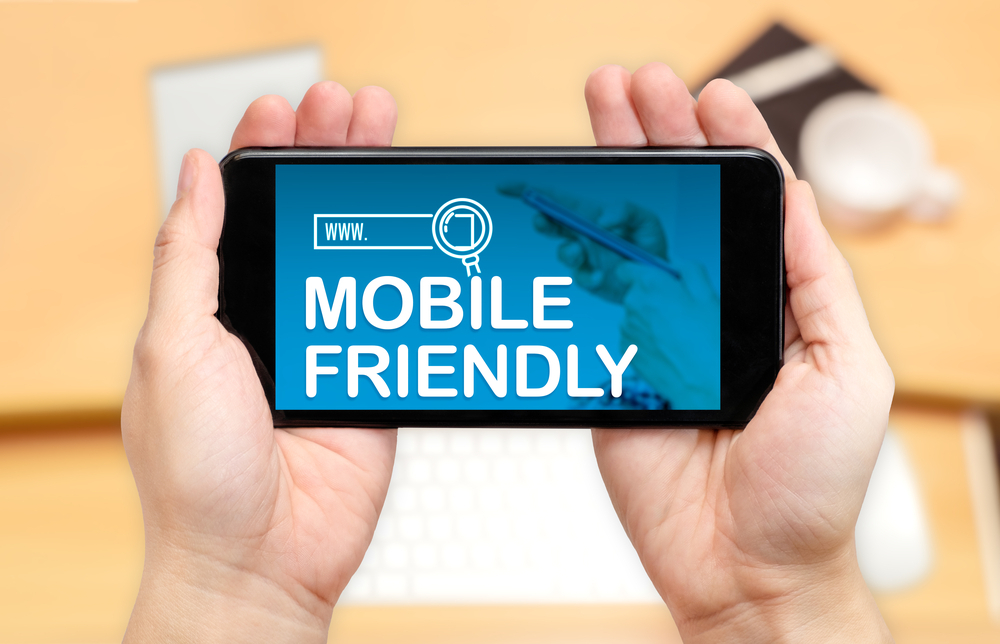Crafting User-Centric Mobile Experiences: A Guide to Mobile-Friendly Content for Marketing

Creating mobile-friendly content for marketing is crucial in today’s digital landscape, where a significant portion of users engage with content through their mobile devices. To ensure your marketing efforts effectively reach this audience, consider the following strategies:
Responsive Design: Utilize responsive design principles to ensure that your content automatically adapts to various screen sizes and orientations, providing a seamless experience across devices.
Clear and Concise Messaging: Mobile users have limited attention spans. Craft your content with clear and concise messaging to quickly convey your value proposition.
Visual Appeal: Incorporate visually appealing elements that enhance user engagement. Use high-quality images, videos, and graphics that load quickly on mobile devices.
Short Paragraphs and Bulleted Lists: Break down your content into short paragraphs and use bulleted lists to improve readability on mobile screens, making it easier for users to scan through information.
Readable Fonts and Font Sizes: Choose legible fonts and appropriate font sizes to ensure that users don’t need to zoom in to read your content comfortably.
Thumb-Friendly Navigation: Optimize your website or app’s navigation for mobile users by placing important buttons and links within easy reach of the user’s thumb.
Mobile-Optimized Landing Pages: If running mobile ad campaigns, ensure that the landing pages are optimized for mobile devices. Minimize form fields and streamline the conversion process.
Fast Loading Times: Mobile users are often on-the-go and have limited patience for slow-loading content. Optimize images, minimize code, and leverage caching to improve loading times.
Vertical Scroll Design: Design your content to be easily scrollable vertically, as mobile users are accustomed to this type of interaction.
Localized Content: Tailor your content to local audiences, as mobile users often search for nearby information while on the move.
Social Media Integration: Implement social sharing buttons and ensure that your content displays correctly when shared on various social media platforms.
Testing and Optimization: Regularly test your content across different mobile devices and operating systems to identify any issues or inconsistencies. Continuously optimize your content based on user feedback and analytics.
Minimize Pop-ups: While pop-ups can be effective for lead generation, they can also disrupt the mobile user experience. Use them sparingly and ensure they are easy to dismiss.
Video Optimization: If using videos in your content, ensure they are mobile-friendly. Use formats that are compatible with mobile devices and provide captions for users who watch without sound.
Location-Based Marketing: Leverage location data to deliver relevant content and offers to users based on their geographic location.
Remember that mobile-friendliness is not just about making content fit on smaller screens; it’s about creating a seamless and enjoyable experience that caters to the unique behaviors and expectations of mobile users.
IMPORTANT: If you enjoyed this article then give Marketing University Equalizer a try. Create your free account right now and have full access for 14 days. Click here to get started #marketinguniversity #marketing #businesstips #marketingtips

